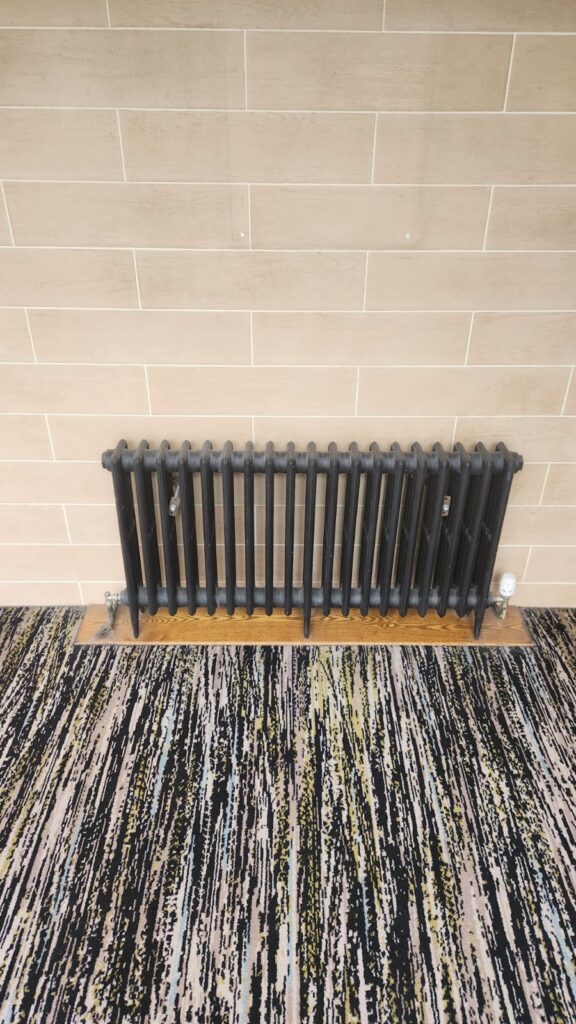Tilers
What are Tilers?
They’re wall and floor tile installers, it’s a UK term. But I know BAL staff generally try to use ’tile fixers’ rather than call their end-user tilers. I think other adhesive companies do that also.
Introduction to Tilers
Tiling is an ancient craft that has stood the test of time, adorning buildings and spaces with both functionality and aesthetic appeal. Tilers, the skilled artisans behind this craft, play a crucial role in transforming ordinary surfaces into stunning works of art. In this comprehensive guide, we delve into the world of tilers and tiling, exploring their history, techniques, and the evolving trends shaping the industry.
The History of Tiling
The history of tiling can be traced back to ancient civilizations such as the Mesopotamians, Egyptians, and Romans, who used tiles to decorate their homes, temples, and public buildings. These early tiles were often made from materials like clay, stone, and terracotta, and were painstakingly crafted by hand.
As civilizations advanced, so did the art of tiling. In the Islamic world, intricate mosaic patterns adorned mosques and palaces, showcasing the craftsmanship of skilled artisans. During the Renaissance in Europe, tiles became synonymous with luxury and sophistication, with elaborate designs gracing the walls and floors of grand estates and cathedrals.
The Modern Tiler
Today, tilers continue to carry on this rich tradition, blending time-honored techniques with modern innovations. A skilled tiler possesses a keen eye for design, precision, and attention to detail. Whether working with ceramic, porcelain, glass, or natural stone tiles, they have the expertise to bring any vision to life.

Tiling Techniques
Tiling requires a combination of artistry and technical skill. From preparing the substrate to grouting and sealing, each step must be executed with precision to ensure a flawless finish. Here are some key techniques employed by tilers:
- Surface Preparation: Before laying tiles, the surface must be clean, flat, and free of any debris. Tilings may need to remove old tiles, repair cracks, and apply a suitable substrate such as cement board or waterproof membrane.
- Tile Layout: Planning the layout is crucial for achieving a professional-looking result. Tilings carefully measure and mark the area to ensure the tiles are evenly spaced and aligned.
- Cutting and Shaping: Tiles often need to be cut to fit around corners, edges, and obstacles. Tilings use tools such as tile cutters, wet saws, and nippers to achieve precise cuts and shapes.
- Adhesive Application: Tilings apply adhesive to the substrate using a trowel, ensuring proper coverage and adhesion. Different types of adhesives are used depending on the tile material and the substrate.
- Grouting: Once the tiles are in place, grout is applied to fill the gaps between them. Tilings carefully spread the grout and remove any excess, leaving a smooth and uniform finish.
- Sealing: Depending on the tile material, sealing may be necessary to protect against moisture, stains, and damage. Tilings apply a sealant to the grout lines and the surface of the tiles, extending their lifespan and enhancing their appearance.
Evolving Trends in Tiling
The world of tiling is constantly evolving, with new trends and innovations shaping the industry. Some of the latest trends include:
- Large Format Tiles: Oversized tiles are gaining popularity for their sleek and modern look. They create a seamless appearance with fewer grout lines, making spaces appear larger and more spacious.
- Mixed Materials: Combining different tile materials, such as ceramic with glass or metal accents, adds visual interest and texture to surfaces.
- Geometric Patterns: Bold geometric patterns and shapes are making a comeback, adding a playful and contemporary touch to interiors.
- Sustainable Materials: With a growing emphasis on sustainability, tilers are increasingly using eco-friendly materials such as recycled glass and porcelain tiles made from recycled content.
- Digital Printing: Advances in digital printing technology allow for intricate designs and patterns to be printed directly onto tiles, opening up a world of creative possibilities.
Tilers are the unsung heroes behind the beauty and functionality of tiled surfaces. With their expertise and craftsmanship, they transform ordinary spaces into extraordinary works of art. Whether preserving ancient techniques or embracing modern innovations, tilers continue to push the boundaries of their craft, leaving a lasting impression on the built environment. As we look to the future, the art of tiling will undoubtedly continue to evolve, inspiring awe and admiration for generations to come.
